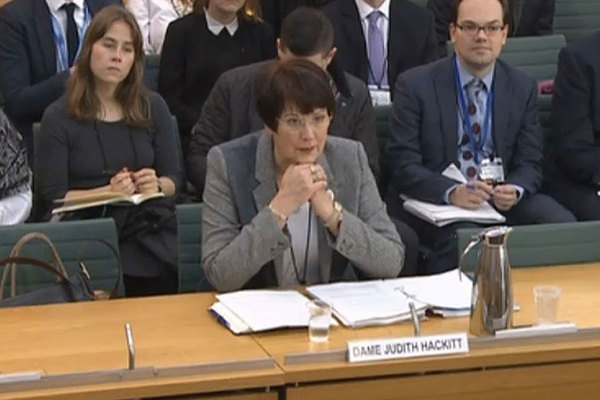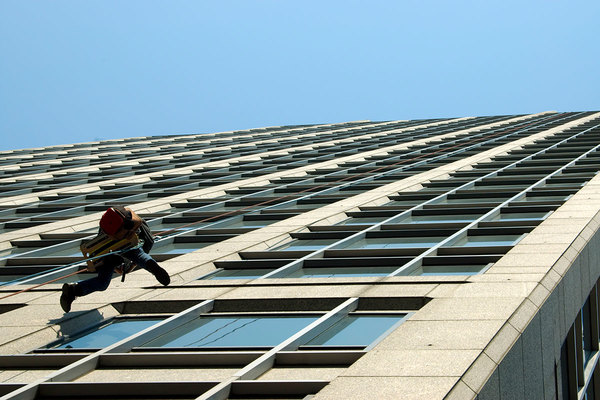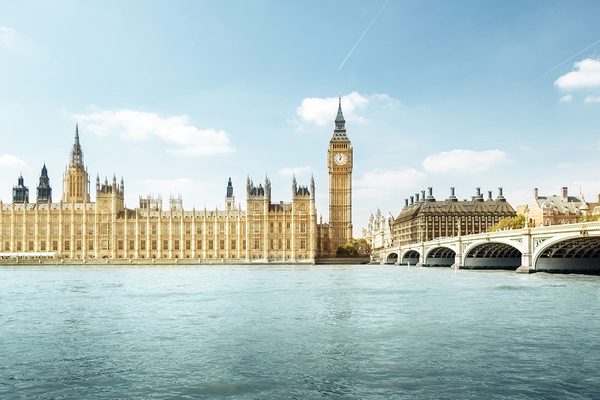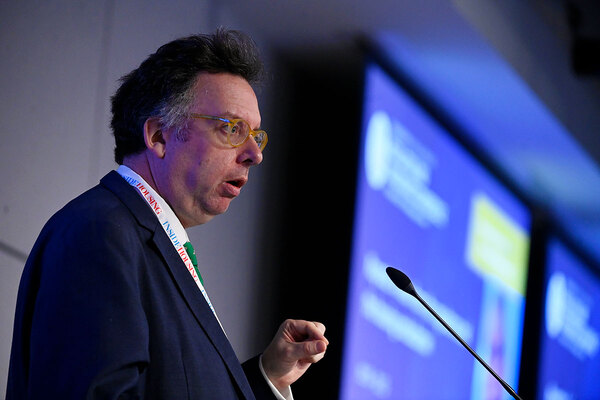Scope of combustibles ban limited to tall buildings only
The proposed ban on the use of combustible materials is limited in its application to hospitals, care homes and blocks of flats above 18m.
A spokesperson for the Ministry of Housing, Communities and Local Government (MHCLG) yesterday confirmed the ban, announced during the Conservative Party Conference in Birmingham, will only apply to tall buildings.
It is understood survivors group Grenfell United called for the ban to apply to ‘sensitive buildings’ housing vulnerable people such as residential care homes, schools and hospitals regardless of height in its consultation response to government.
Nonetheless, the government has confirmed the ban will limit all materials used on tall buildings to those rated ‘A1’ or ‘A2’ – which means products of limited or no combustibility.
This marks a major victory for the survivors of the fire who have been pushing for the change.
The government’s independent review of building regulations, led by Dame Judith Hackitt, did not recommend a materials ban. The government had appeared set to follow this recommendation before the intervention of survivors of the Grenfell Tower fire.
Responding to questions from Inside Housing today, the government confirmed the ban will be brought forward as soon as possible in the autumn through changes to building regulations.
It said that the majority of projects which are currently underway are not using combustible materials in light of the forthcoming ban. There are understood to be no interim measures planned to prevent their use before the ban is formally introduced.
Despite Conservative Party sources briefing that the ban would apply to schools, the MHCLG confirmed today that it will in fact only apply to residential schools above 18m.
Never Again campaign
In the days following the Grenfell Tower fire on 14 June 2017, Inside Housing launched the Never Again campaign to call for immediate action to implement the learning from the Lakanal House fire, and a commitment to act – without delay – on learning from the Grenfell Tower tragedy as it becomes available.
One year on, we have extended the campaign asks in the light of information that has emerged since.
Here are our updated asks:
GOVERNMENT
- Act on the recommendations from Dame Judith Hackitt’s review of building regulations to tower blocks of 18m and higher. Commit to producing a timetable for implementation by autumn 2018, setting out how recommendations that don’t require legislative change can be taken forward without delay
- Follow through on commitments to fully ban combustible materials on high-rise buildings
- Unequivocally ban desktop studies
- Review recommendations and advice given to ministers after the Lakanal House fire and implement necessary changes
- Publish details of all tower blocks with dangerous cladding, insulation and/or external panels and commit to a timeline for remedial works. Provide necessary guidance to landlords to ensure that removal work can begin on all affected private and social residential blocks by the end of 2018. Complete quarterly follow-up checks to ensure that remedial work is completed to the required standard. Checks should not cease until all work is completed.
- Stand by the prime minister’s commitment to fully fund the removal of dangerous cladding
- Fund the retrofitting of sprinkler systems in all tower blocks across the UK (except where there are specific structural reasons not to do so)
- Explore options for requiring remedial works on affected private sector residential tower blocks
LOCAL GOVERNMENT
- Take immediate action to identify privately owned residential tower blocks so that cladding and external panels can be checked
LANDLORDS
- Publish details of the combinations of insulations and cladding materials for all high rise blocks
- Commit to ensuring that removal work begins on all blocks with dangerous materials by the end of 2018 upon receipt of guidance from government
- Publish current fire risk assessments for all high rise blocks (the Information Commissioner has required councils to publish and recommended that housing associations should do the same). Work with peers to share learning from assessments and improve and clarify the risk assessment model.
- Commit to renewing assessments annually and after major repair or cladding work is carried out. Ensure assessments consider the external features of blocks. Always use an appropriate, qualified expert to conduct assessments.
- Review and update evacuation policies and ‘stay put’ advice in the light of risk assessments, and communicate clearly to residents
- Adopt Dame Judith Hackitt’s recommended approach for listening to and addressing tenants’ concerns, with immediate effect
CURRENT SIGNATORIES:
- Chartered Institute of Housing
- G15
- National Federation of ALMOs
- National Housing Federation
- Placeshapers














